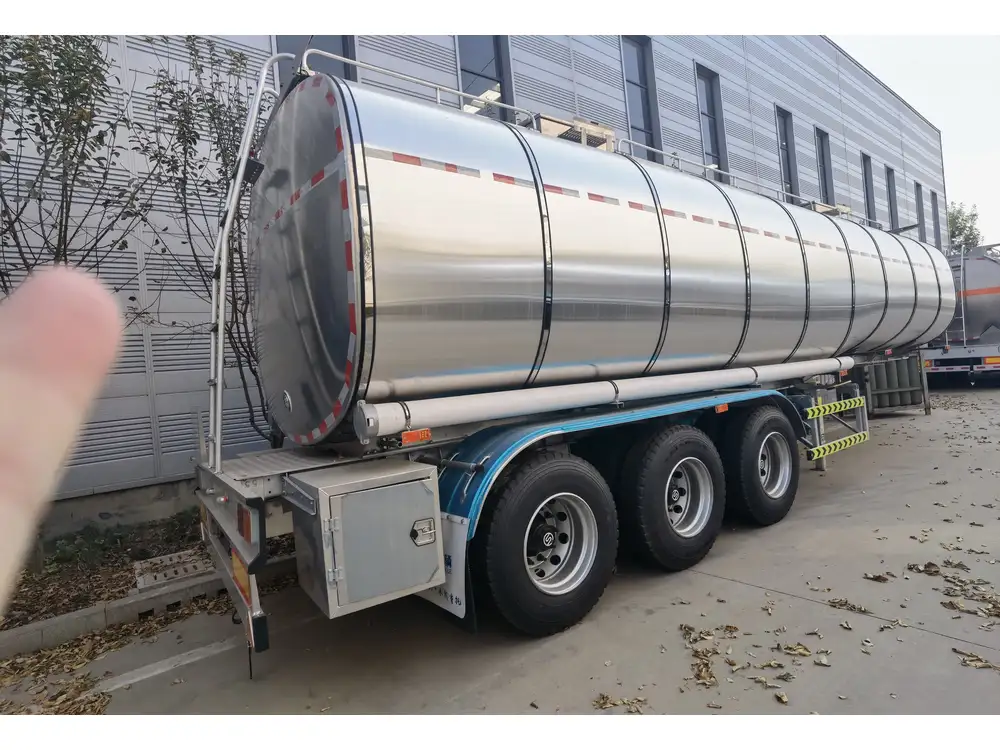In the bustling landscape of Nigeria’s transportation industry, the demand for reliable and efficient heavy-duty vehicles is ever-increasing. Among these, the 18-wheeler stands out as a titan of the road, essential for transporting goods across vast distances. However, the longevity and performance of these vehicles hinge significantly on regular maintenance, particularly oil changes. In this article, we delve into the critical aspects of oil changes for 18-wheelers, emphasizing their importance, the process involved, and the best practices to ensure your vehicle remains in peak condition.
Understanding the Importance of Oil Changes
Oil changes are not merely routine tasks; they are vital for the health of your 18-wheeler. The engine oil lubricates the moving parts, reduces friction, and helps dissipate heat. Over time, oil degrades and becomes contaminated with dirt, debris, and metal particles, leading to several issues:
- Engine Wear: Old oil loses its viscosity, which can lead to increased wear and tear on engine components.
- Overheating: Contaminated oil cannot effectively dissipate heat, risking engine overheating.
- Reduced Fuel Efficiency: A poorly lubricated engine works harder, consuming more fuel.
- Increased Emissions: Dirty oil can lead to higher emissions, impacting environmental compliance.
Regular oil changes can mitigate these risks, ensuring your 18-wheeler operates efficiently and reliably.
The Oil Change Process
Changing the oil in an 18-wheeler involves several steps, each crucial for maintaining the vehicle’s performance. Here’s a structured breakdown of the process:

1. Gather Necessary Tools and Materials
Before starting, ensure you have the following:
- New engine oil (check the manufacturer’s specifications for the correct type and quantity)
- Oil filter
- Oil catch pan
- Wrench set
- Funnel
- Rags for cleanup
- Safety gloves and goggles
2. Prepare the Vehicle
- Park on a Level Surface: Ensure the vehicle is on a flat surface to allow for proper drainage.
- Engage the Parking Brake: This prevents any movement during the process.
3. Drain the Old Oil
- Remove the Oil Drain Plug: Place the oil catch pan underneath the engine and remove the drain plug. Allow the old oil to completely drain into the pan.
- Replace the Drain Plug: Once drained, replace the drain plug securely.

4. Replace the Oil Filter
- Locate the Oil Filter: Use an oil filter wrench to remove the old filter. Be cautious as it may still contain some oil.
- Install the New Filter: Apply a bit of new oil to the rubber gasket of the new filter and install it, ensuring it’s snug but not over-tightened.
5. Add New Oil
- Pour in New Oil: Using a funnel, pour the new oil into the engine. Refer to the owner’s manual for the correct amount.
- Check Oil Level: After adding oil, use the dipstick to check the level. Add more if necessary.
6. Run the Engine
- Start the Engine: Let it run for a few minutes. This allows the new oil to circulate.
- Check for Leaks: Inspect the area around the oil filter and drain plug for any leaks.

7. Dispose of Old Oil Properly
- Recycle Used Oil: Take the old oil to a recycling center or a facility that disposes of it properly.
Best Practices for Oil Changes
To ensure optimal performance and longevity of your 18-wheeler, consider the following best practices:
Regular Maintenance Schedule
Establish a routine oil change schedule based on mileage or time intervals. For heavy-duty vehicles, it’s often recommended to change the oil every 5,000 to 7,500 miles, but always refer to the manufacturer’s guidelines.

Use Quality Products
Invest in high-quality engine oil and filters. While it may be tempting to opt for cheaper alternatives, quality products can significantly impact engine performance and longevity.
Monitor Oil Levels
Regularly check the oil level and condition. If the oil appears dark or gritty, it may be time for a change, even if you haven’t reached the mileage threshold.
Keep Records
Maintain a log of oil changes, including dates, mileage, and the type of oil used. This can help track maintenance and identify any patterns that may indicate issues.

The Benefits of Regular Oil Changes
Investing time and resources into regular oil changes yields numerous benefits:
- Enhanced Engine Performance: Fresh oil ensures smooth operation, improving overall performance.
- Increased Fuel Efficiency: A well-lubricated engine operates more efficiently, leading to better fuel economy.
- Extended Engine Life: Regular maintenance can significantly extend the lifespan of your engine, saving you money in the long run.
- Reduced Emissions: Keeping your engine clean and well-maintained helps reduce harmful emissions, contributing to a healthier environment.
Conclusion
In the competitive landscape of Nigeria’s transportation sector, maintaining your 18-wheeler through regular oil changes is not just a recommendation; it’s a necessity. By adhering to a structured oil change process and implementing best practices, you can ensure your vehicle remains reliable, efficient, and ready to tackle the demands of the road. At CarMax Vehicle, we understand the importance of quality maintenance for your semi-trailers, and we are committed to providing you with the best products and services to keep your fleet in top condition.
FAQs

What type of oil is best for my 18-wheeler?
The best oil type depends on your vehicle’s specifications. Always refer to the manufacturer’s guidelines for recommendations.
How often should I change the oil in my 18-wheeler?
Typically, oil changes should occur every 5,000 to 7,500 miles, but this can vary based on usage and manufacturer recommendations.
Can I change the oil myself?
Yes, with the right tools and knowledge, you can change the oil yourself. However, if you’re unsure, it’s best to consult a professional.

What happens if I don’t change the oil regularly?
Neglecting oil changes can lead to engine wear, overheating, reduced fuel efficiency, and ultimately, costly repairs. Regular maintenance is crucial for the longevity of your vehicle.













Reviews
There are no reviews yet.